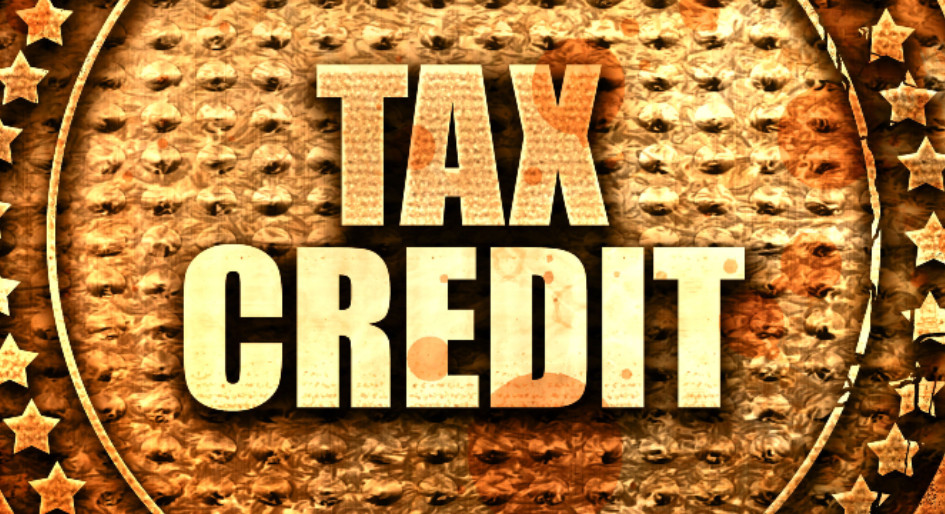Building owners/managers contemplating a switch away from gas-based space and water heating can now factor some lucrative tax credits into the business case. Canada’s newly released fall economic statement pledges $6.7 billion over five years to support uptake of a range of clean technologies, including active solar heating, air-source and ground-source heat pumps and energy storage.
“With major investment tax credits for clean technology and clean hydrogen, we will make it more attractive for businesses to invest in Canada to produce the energy that will power a net-zero global economy,” Deputy Prime Minister and Finance Minister Chrystia Freeland asserted as she introduced the fall economic statement in the House of Commons last week.
As proposed, claimants could receive refundable tax credits of up to 30 per cent of their capital investment in designated clean technologies. This would become available on budget day 2023 and be phased out in gradually diminishing percentages between 2032 and 2034. The tax credits will be targeted to specified electricity generation, electricity storage, low-carbon heating and industrial zero-emission vehicles and charging equipment, which is mostly already eligible for accelerated capital cost allowance (CCA).
“A tax credit of 20 to 30 per cent would certainly make the return on investment of projects more attractive,” observes Bala Gnanam, vice president, sustainability, advocacy and stakeholder relations with the Building Owners and Managers Association (BOMA) of Canada. “When you factor in the future price of carbon, transitioning to clean energy makes even more sense.”
“A 20 to 30 per cent tax rebate means a project that previously didn’t make business sense now might be ready for rapid deployment,” agrees Eric Chisholm, principal and co-founder of the engineering consulting firm, Purpose Building Inc.
The tax credits will be tied to yet-to-be-finalized labour conditions. It’s proposed that claimants would receive a 30 per cent rebate if they meet the criteria, but those that fall short would be eligible for a maximum 20 per cent credit. Further details are promised in the 2023 budget.
“Labour conditions will include paying prevailing wages based on local labour market conditions and ensuring that apprenticeship training opportunities are being created,” the economic statement advises. “The Department of Finance will consult with a broad group of stakeholders, but especially with unions, on how best to attach labour conditions to the proposed tax credit.”
Beyond potential applications within commercial buildings, zero-emissions construction machinery and associated charging infrastructure would be eligible. The electricity generation category covers equipment related to solar, wind and water-based power production and small nuclear reactors, while energy storage captures: batteries; flywheels; supercapacitors; magnetic energy storage; compressed air energy storage; pumped hydroelectric energy storage; gravity energy storage; and thermal energy storage.
“Potentially, every real estate segment in the private sector could benefit — multifamily residences, industrial buildings, office and retail,” Chisholm says. “Commercial real estate should specifically benefit from the tax credits for low-carbon heating equipment. The credits for electricity generation systems will also benefit those companies that are putting solar on the roof. Some might benefit from battery or thermal storage, but that’ll be the minority.”
The slate of eligible technologies is to be routinely reviewed and may be revised and/or expanded in the future. That’s already spurring suggestions from groups such as QUEST Canada, which argues that district energy, biofuels and renewable natural gas have been undervalued as potential contributors to the low-carbon transition, and the Pembina Institute, which calls for high-performance windows and doors and low-carbon insulation products to be added into the mix.
“There’s also more needed to unlock other key components of grid decarbonization that could also support affordable electricity from the net-zero grid, such as transmission infrastructure and energy efficiency on the grid,” the Pembina Institute urges in its response to the economic statement.
“We strongly believe that the government should allocate special funds for utilities to undertake extensive vulnerability assessments and implement measures to increase the operational resilience of the grid,” Gnanam concurs. “With aging electricity infrastructure — from transmission to distribution — increased need for electrification, population growth and increased intensity and frequency of climate events, the resilience of our electricity grid is of serious concern.”
Additionally, the economic statement announces a pending consultation on an investment tax credit for clean hydrogen, which will consider some of the approaches taken in the recently enacted U.S. Inflation Reduction Act. It also earmarks $250 million over three years to expand the workforce in sectors integral to the low-carbon transition, including up-skilling for 15,000 workers and union-based training and innovation programs for 20,000 apprentices and journeypersons.
Future apprentices and current workers with outstanding debt for their skills training have been promised some financial relief through the proposed elimination of interest on federal student and apprentice loans. This would be a permanent extension of the two-year grace period introduced during the COVID-19 pandemic, which is due to expire March 31, 2023. As a result, it’s estimated the federal government will forego about $540 million to $556 million in annual revenue.






